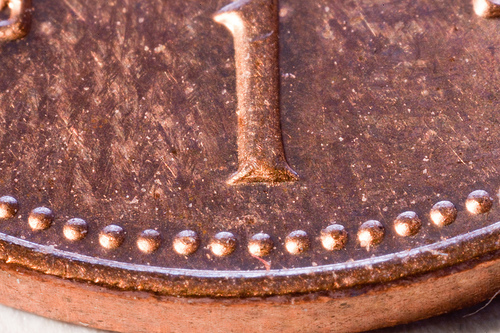3 Things to Learn About Digital Macro Photography
People have always enjoyed looking at things from unusual perspectives. Often we will find something new in a familiar object when we see it from a different point of view, or focus on a portion of the subject instead of the whole thing. That may be part of the reason both photographers and their viewers are fascinated by digital macro photography.

There is no doubt that digital macro photography is an art form in its own right. It takes an artist’s genius to capture some aspect of life out of an ordinary, everyday, subject. After all, that is what art is. No piece of art contains all of life’s truths. It is only a depiction of the world through the artist’s eyes. When we look a digital photography taken from a macro point of view, we are sharing the perspective of, and making a connection with, the macro photographer.
Digital macro photography is not easy to do well. There are many considerations to make to create a great photograph. Here three important factors to consider when working with macro photography:
1 – Skills
Do you have the technical skills for macro photography?
Do you have the photographer’s eye for images with a universal appeal to the people that view your images, your audience?
In macro photography you are magnifying your scene just as you are when you use a long focal length. Because of that, the slightest camera motion will blur your photograph. So you also need to be able to hold your camera still, or be very comfortable working with a tripod.
You will have to be a master of your camera’s controls to capture the image as you want it to appear in the final print or image. Yes, you can edit in imaging software, but the more you can do in camera the less post work you will have to do.
Some people seem to have a natural talent for macro work. But it’s still important to develop your craft through classes and workshops. Digital macro photography is about presenting your subject in unique way. But like all art, your viewer (or instructor) may see your photographs differently than you do. That’s good; a fresh pair of eyes can’t hurt.
You might like one of the courses advertised on this site.
2- Equipment
As with anything, you will need the proper tools to express yourself with macro photography. Even though you can find equipment that supposes to be useful for all types of photography, the best results will come from the equipment that is designed specifically for macro work.
For example, using a bellows will give you more creative control than just a macro lens or extension tubes, and much more creative control and image quality than macro filters.
3 – Subject

Just about any subject will be more interesting when viewed differently. But some things are just more interesting than other things. The most interesting subjects are those that you don’t know a lot about. The more the object can show that is beyond what the naked eye, the more likely it will make a great subject for digital macro photography. Take the time to choose the subject of your macro photography wisely and you will be greatly rewarded by your final print or image.
Photo Credits
Red Bug, flickr.com/anpas69
Penney, flickr.com/NickLawes